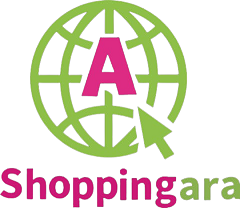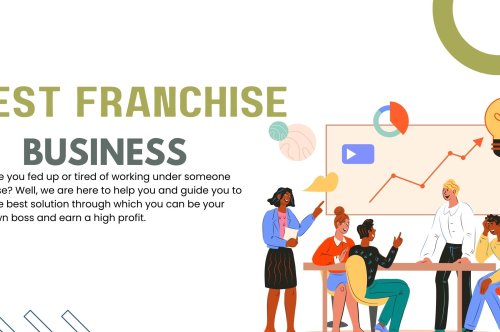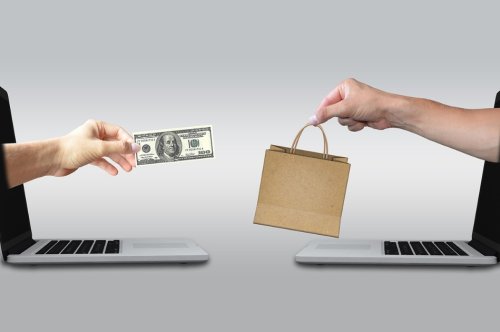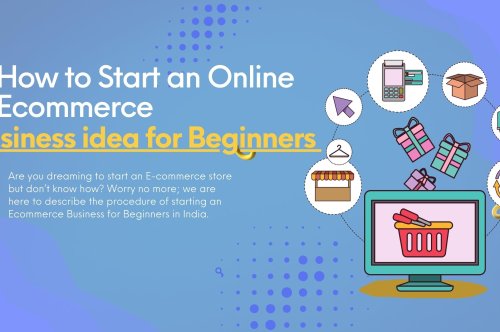What’s Selling On Facebook Marketplace: You Must Know?
Facebook Marketplace is a free online platform that allows individuals and businesses to sell new and used items to potential buyers in their local area. With over 2.9 billion active Facebook users worldwide, this platform offers a wide audience to connect with, making it a great option for selling items quickly and conveniently.
1. What are the steps to create a Facebook store?
2. What types of products are selling on Facebook marketplace?
3. How can you track and manage your Facebook store's performance and analytics?
4. How can you promote your Facebook store to potential customers?
5. How do you set up payment options for your Facebook store?
6. What are some best practices for successfully selling on Facebook?
1. The General steps to create a Facebook store:
Note that the exact steps may vary slightly depending on your location and the type of products you plan to sell. Additionally, it's important to comply with Facebook's Commerce Policies and any applicable laws and regulations for selling online.
Sure! Here's a step-by-step guide on how to sell on Facebook Marketplace:
Step 1: Create a Facebook Account
If you don't already have a Facebook account, create one by signing up at Facebook.com. You'll need a personal Facebook account to sell on Facebook Marketplace.
Step 2: Navigate to Facebook Marketplace
From your Facebook homepage, click on the "Marketplace" icon in the left-hand menu to navigate to the Marketplace section.
Step 3: Create a Listing
To create a new listing, click on "Sell Something" in the top right-hand corner of the Marketplace page. Select the category that best fits your item, and then fill in the listing details, including the title, price, description, and photos of your item.
Step 4: Set Your Price
When setting your price, consider factors such as the condition of the item, the demand for the item, and the prices of similar items listed on Facebook Marketplace. You can also choose to offer free shipping or local pickup.
Step 5: Review and Publish Your Listing
Review your listing to ensure all details are accurate and then click "Publish" to post your listing on Facebook Marketplace.
Step 6: Respond to Inquiries
When potential buyers send you inquiries or make offers, respond promptly to maintain their interest and build trust. Answer any questions they have about the item, and be willing to negotiate on price if necessary.
Step 7: Finalize the Sale
Once you've agreed on a price with a buyer, arrange for payment and delivery. You can choose to accept payment through Facebook Messenger or an external payment platform like PayPal. When shipping the item, make sure to use a trackable shipping method and provide the buyer with the tracking number.
Step 8: Leave Feedback
After the sale is complete, leave feedback for the buyer and ask them to do the same for you. This helps build trust for future transactions and improves your reputation on Facebook Marketplace.
Step 9: Manage Your Listings
Manage your listings by updating them regularly, responding to inquiries promptly, and deleting listings that are no longer available.
Step 10: Adhere to Facebook Marketplace Guidelines
Make sure to adhere to Facebook Marketplace guidelines to avoid any violations, such as listing prohibited items, engaging in fraudulent activities, or misrepresenting your items.
2. What types of products can you sell on Facebook?
Facebook Marketplace is a versatile platform that allows individuals and businesses to sell a wide variety of products and services to potential buyers in their local area. Some of the most popular niches on How to sell on Facebook Marketplace include:
Physical products: There are popular categories on Facebook Marketplace, with both new and used items being sold. Sellers can list items such as Clothing and accessories, shoes, dresses, jewelry, and handbags, Electronics, Home and Garden, Sports and fitness, Cars and vehicles.
Digital products: You can sell digital products such as eBooks, music, software, online courses, and other digital downloads.
Services: You can sell services such as consulting, coaching, web design, home repair, cleaning services, tutoring, and more professional service. This category is growing in popularity as more people look for local service providers online.
Art and Collectibles: Art and collectibles are popular on Facebook Marketplace, with sellers listing items such as paintings, sculptures, and vintage items. This category can be particularly lucrative for sellers with unique or rare items.
Pet Supplies: Pet supplies are popular on Facebook Marketplace, with sellers listing items such as pet beds, toys, and accessories. This category can be particularly useful for sellers with gently used or like-new items.
Baby and Kids: Baby and kids items are popular on Facebook Marketplace, with sellers listing items such as strollers, cribs, and toys. This category can be particularly useful for parents who want to sell items their children have outgrown.
Tickets and events: You can sell tickets and promote events such as concerts, conferences, and other live events.
Subscriptions and memberships: You can sell subscriptions and memberships to access exclusive content or services.
3. How can I track and manage my Facebook store's performance and analytics?
Facebook provides several tools to help you track and manage your store's performance and analytics on how to sell on Facebook. Here are some ways to do this:
● Facebook Commerce Manager: Facebook Commerce Manager is a tool that allows you to manage your store's product listings, orders, and customer communications in one place. It also provides insights and analytics on your store's performance on how to sell on Facebook marketplace such as sales data, customer demographics, and engagement metrics.
● Facebook Pixel: Facebook Pixel is a code that you can add to your website or store to track user behavior, such as page views, clicks, and purchases. This data can help you understand your audience's behavior and optimize your store's performance accordingly.
● Facebook Ads Manager: Facebook Ads Manager is a tool that allows you to create, manage, and track your Facebook ads. You can use it to monitor ad performance, adjust ad targeting and budget, and optimize your ads based on performance metrics.
● Google Analytics: Google Analytics is a web analytics tool that allows you to track website traffic and user behavior, including e-commerce data such as product sales, revenue, and conversion rates. You can connect your Facebook store to Google Analytics to get a more comprehensive view of your store's performance.
4. How can I promote my Facebook store to potential customers?
Promoting your Facebook store to potential customers is essential to attract more visitors and increase sales. Here are some effective ways to promote your Facebook store:
1. Post regularly: Post regularly on your Facebook page, and include links to your store in your posts.
2. Use Facebook ads: Use Facebook's advertising platform to create ads for your store. You can target specific demographics and interests to reach your ideal audience.
3. Offer promotions and discounts: Offer special promotions and discounts for your Facebook followers to encourage them to visit your store.
4. Collaborate with influencers: Collaborate with influencers in your niche to promote your store to their followers.
5. Share customer reviews: Share positive customer reviews and testimonials on your Facebook page and in your ads to build trust with potential customers.
6. Use Facebook Groups: Join relevant Facebook groups in your niche and promote your store there. But make sure to read and follow group rules before promoting.
7. Leverage other marketing channels: Leverage your other marketing channels such as email marketing, your website, and other social media platforms to promote your Facebook store.
Remember, the key is to consistently promote your Facebook store to reach a wider audience and grow your business.
5. How do I set up payment options for my Facebook store?
To set up payment options for your Facebook store, follow these steps:
1. Log in to your Facebook account and go to your business page.
2. Click on the "Shop" tab on the left-hand side of the page.
3. Select "Commerce Manager" and then click on "Payments."
4. Choose your preferred payment processor. Facebook supports several payment processors, including PayPal and Stripe.
5. Follow the instructions to set up your payment processor account and link it to your Facebook store.
6. Set up your payment options, including the accepted payment methods and currency.
7. Configure your tax and shipping settings.
8. Save your changes.
It's important to note that Facebook charges a selling fee for each transaction processed through its platform, which varies depending on your location and the payment method used. You should also ensure that you comply with any applicable tax and financial regulations in your jurisdiction.
6. What are some best practices for successfully selling on Facebook?
Here are some best practices for successfully how to sell on Facebook:
1. Optimize your Facebook page
2. Use Facebook advertising
3. Offer promotions and discounts
4. Provide excellent customer service
5. Engage with your audience
6. Optimize for mobile
7. Monitor your analytics
By following these best practices, you can optimize your Facebook store for success and build a loyal customer base. Overall, Facebook Marketplace is a great option for individuals and businesses for how to sell on Facebook items quickly and conveniently. You can maximize your selling potential and keep the process safe and efficient.








Leave a Reply